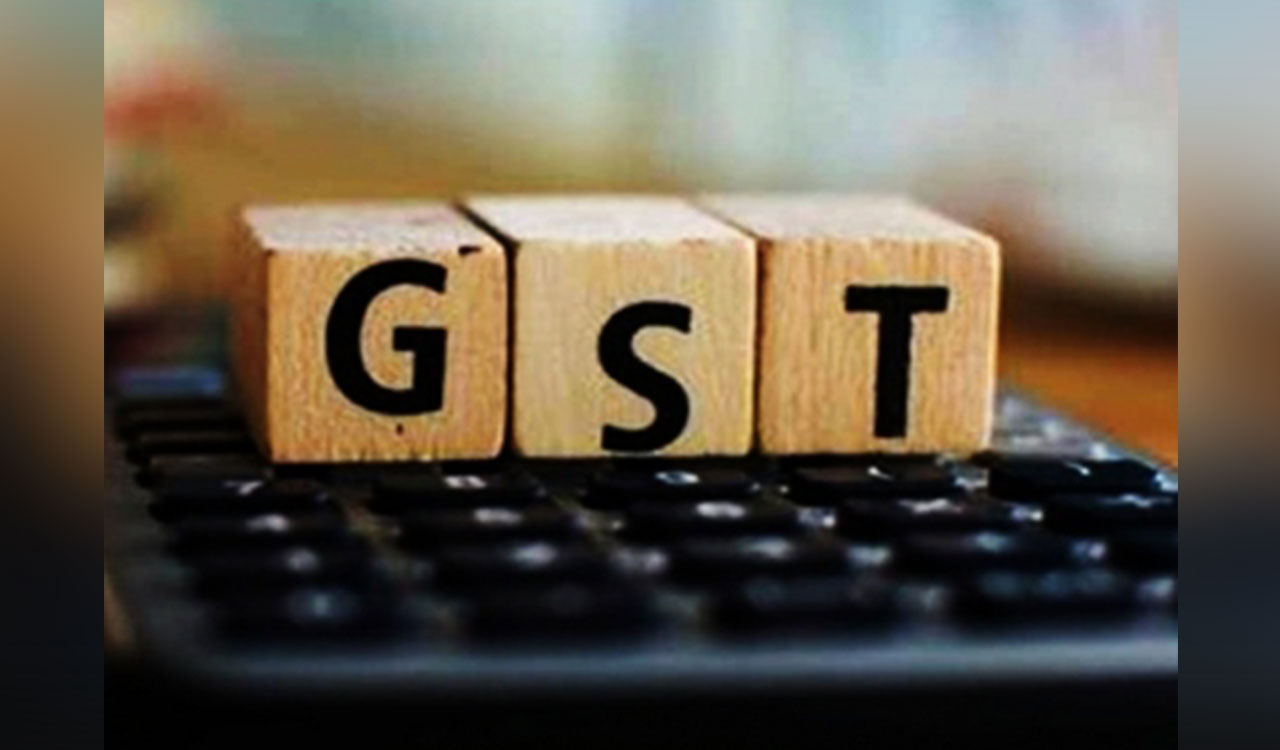Can Digital IDs and Blockchain Tech Stop DeFi's Dark Side? US Treasury Seeks Your Input

The US Treasury Department is taking a proactive step to address the growing concerns around illicit financial activities within the Decentralized Finance (DeFi) space. In a recent move, the Treasury is actively soliciting public feedback on innovative solutions, primarily focusing on the integration of digital identification (digital ID) verification, artificial intelligence (AI) powered monitoring, and blockchain analytics. This initiative aims to crack down on money laundering, terrorist financing, and other illegal operations thriving within the DeFi ecosystem.
The DeFi Dilemma: A Breeding Ground for Illicit Finance?
DeFi, with its promise of open, permissionless, and borderless financial services, has exploded in popularity. However, this very openness has also created opportunities for bad actors. The anonymity afforded by many DeFi protocols makes it difficult to trace the origin and destination of funds, making them attractive for illicit activities. Traditional financial regulations often struggle to keep pace with the rapid evolution of DeFi, leaving a regulatory vacuum that criminals exploit.
Digital IDs: A Key Component of the Solution
The Treasury's proposal centers around incorporating digital ID verification directly into DeFi smart contracts. This means users would be required to verify their identities before interacting with certain DeFi platforms or protocols. This would create a layer of accountability and transparency, making it significantly harder for criminals to hide their tracks.
While the concept of KYC (Know Your Customer) and AML (Anti-Money Laundering) isn't new to traditional finance, applying it to the decentralized world of DeFi presents unique challenges. The emphasis will be on developing privacy-preserving solutions that balance the need for transparency with the principles of decentralization.
AI and Blockchain Monitoring: The Technological Backbone
Beyond digital IDs, the Treasury is also exploring the use of AI and blockchain monitoring tools. AI algorithms can analyze vast amounts of transaction data to identify suspicious patterns and flag potentially illicit activities. Blockchain analytics firms already play a crucial role in tracking the flow of funds through the blockchain, and their capabilities are expected to become even more sophisticated.
These tools will be instrumental in detecting and preventing illicit finance by:
- Identifying suspicious transactions and wallets
- Tracking the movement of funds across different DeFi protocols
- Alerting authorities to potential criminal activity
Public Input: Shaping the Future of DeFi Regulation
The Treasury’s request for public input is a crucial step in ensuring that any regulatory framework for DeFi is both effective and doesn’t stifle innovation. They are specifically seeking feedback on the feasibility, potential benefits, and potential drawbacks of these proposed solutions. Industry stakeholders, developers, regulators, and the general public are all encouraged to participate in the consultation process.
The future of DeFi hinges on its ability to address these concerns and demonstrate its commitment to combating illicit finance. By embracing technological advancements and collaborating with regulators, the DeFi space can unlock its full potential while maintaining the trust and integrity of the financial system.
What's Next?
The Treasury’s initiative is expected to spark a wider debate about the regulatory landscape for DeFi. As the space continues to evolve, it’s likely that we’ll see further experimentation with digital IDs, AI, and blockchain monitoring technologies. The ultimate goal is to create a regulatory environment that encourages responsible innovation while protecting consumers and the financial system from abuse.




